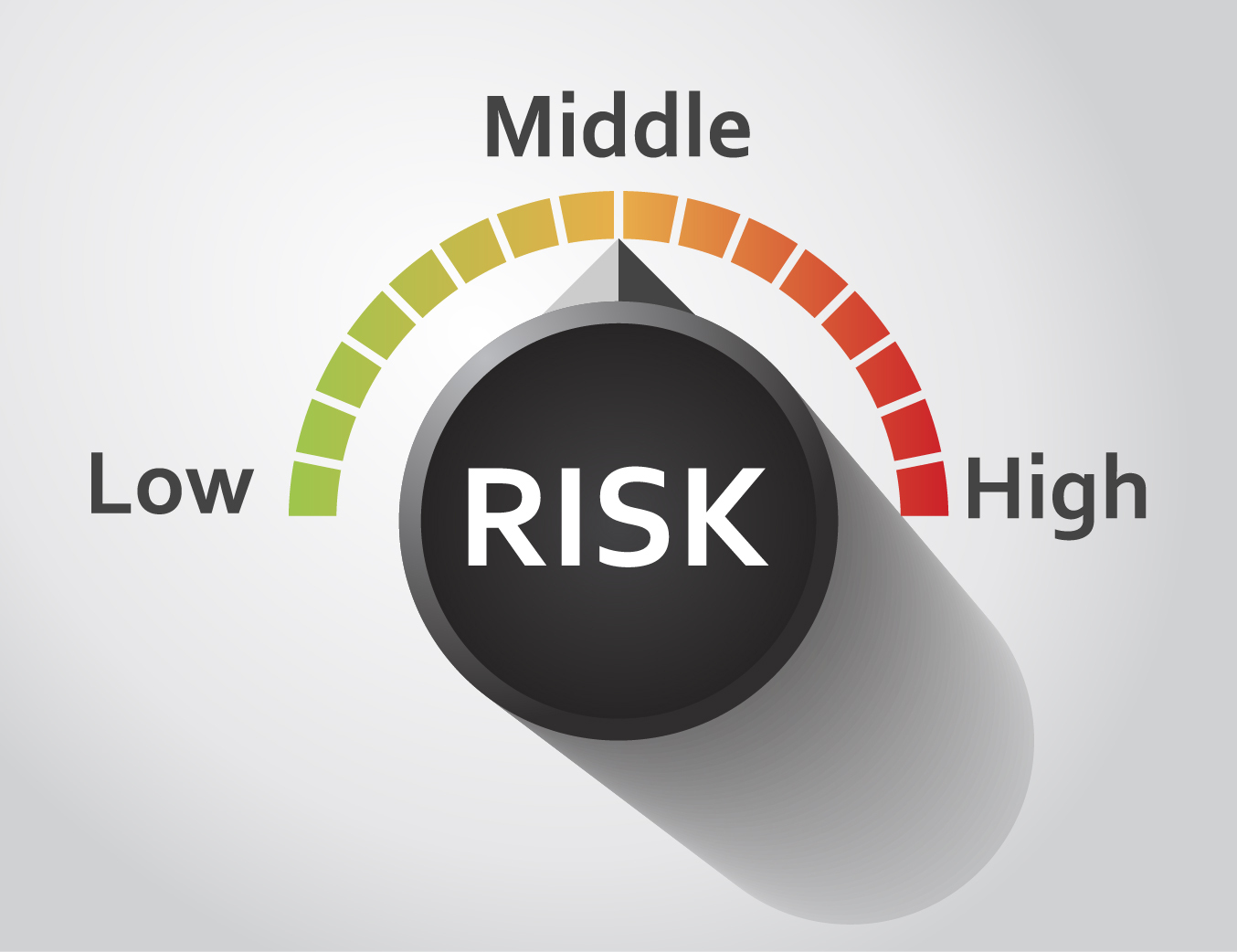
WEALTH PATH
Understanding Risk Profiles in Investment
To understand risk-profiling in investment, you must first understand what a risk profile is.
What is a risk profile?
A risk profile is an assessment of an investor’s desire and ability to take on risks. This is done by carrying out a review of an individual’s assets and liabilities. An investor with a lot of assets and few liabilities would typically tend towards high-risk investments; whereas one with many liabilities and few assets would not have the ability to take on high risk investments, or any kind of investment that has a potential risk. With the help of a financial advisor, an investment portfolio can be tailored specifically to an investor’s risk profile.
“A risk profile is important for determining a proper investment asset allocation for a portfolio” – Adam Barone, 2020.
Types of risk profiles
There are mainly three types of risk profiles - Conservative, Moderate and Aggressive. Knowing your risk profile is important for determining an appropriate asset allocation for your investment portfolio.
- Conservative:
The conservative risk profile is risk averse. The primary interest of this investor is capital preservation, while seeking high returns is secondary. Investment opportunities preferred by the conservative are short term products with little or no volatility such as treasury bills, money market fund accounts, etc.
- Moderate:
The moderate risk profile favors a balance between risk and returns, seeking moderate to high returns with moderate level of risk. The moderate risk profile prefers investment opportunities that are balanced between equities and debt instruments, with moderate horizon such as equity funds.
- Aggressive:
The aggressive risk profile exhibits willingness to take on any level of risk in the anticipation of getting high returns. Aggressive investors are typically veteran investors who understand the market. Principally invested in equities, these investors have long-term investment horizon and can wait out short-term market volatilities.
Risk profiles are determined by various factors such as age, financial goals, lifestyle, etc. and it may change depending on your stage in life. A young working-class individual with very few responsibilities or liabilities can have a moderate or aggressive profile. However, if you are close to retirement with some responsibilities, you should consider a conservative risk profile.
Want to find out what kind of investor you are? Take a quick assessment with our profiler, you will be guided to a suitable asset allocation that will help achieve your financial goals.



.jpg)
.jpg)
.jpg)